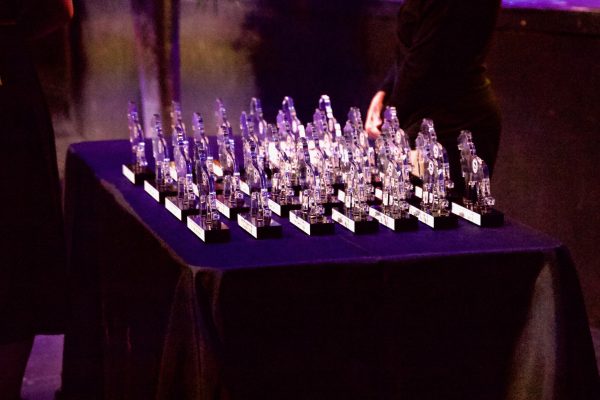What does Twitter know about you?
March 14, 2013
Indiana University researcher Johan Bollen has created a formula to develop the “Twitter Predictor,” which successfully predicts patterns in stock markets and economics as well as national moods.
“Public sentiment is a pretty ghostly concept,” Bollen said in an interview with USA Today. “You’re trying to quantify something that maybe people feel isn’t inherently qualitative.”
Many students on the UNA campus feel the concept should be loosely regarded as a scientific study. More accurately, they describe it as a guide to how people should view the world around them.
“Honestly, I think it’s about coincidence and luck,” said Daichi Shigematsu, UNA freshman. “It’s probably a trick or a scam we just haven’t figured out yet.”
Despite the research behind the “Twitter predictor,” Shigematsu stands firm that this “supernatural power” will not affect the world.
“I guess companies could benefit from noticing a common craving,” Shigematsu said. “It’s like Adam Smith’s ‘invisible hand;’ we know what consumers want — we don’t need to be told.”
Pew Research Center conducted a similar experiment where people were polled about eight significant political events during the year, determining that poll results did not line up with Twitter trending opinions. Because of studies like this, students think that if companies or countries follow the predictions made, it could lead to a possible devastation.
“I think that predicting economic patterns could be really helpful,” said Lauren Esslinger, UNA junior. “But because predictions can’t be right all of the time, it could also be hurtful if companies follow the predictions and they’re wrong. At the same time, it could help keep them from over- or under-producing and losing money or potential sales.”
Still some students believe the social predictions are possible, though not the economic ones.
“I think it is very possible to use Twitter and other social media outlets to analyze the overall ‘mood’ of a certain group,” said Sumeet Kapoor, UNA freshman. “As far as the economy goes, (I’m) not so sure. On the other hand, businesses can and should most definitely use these outlets to observe how people are receiving and talking about their new or old products and what changes the company should make to stay on top.”
The Predictor has had a 90 percent success rate thus far and has tied anxious mood trends to a decrease in the Dow Jones and calm moods to an increase.










